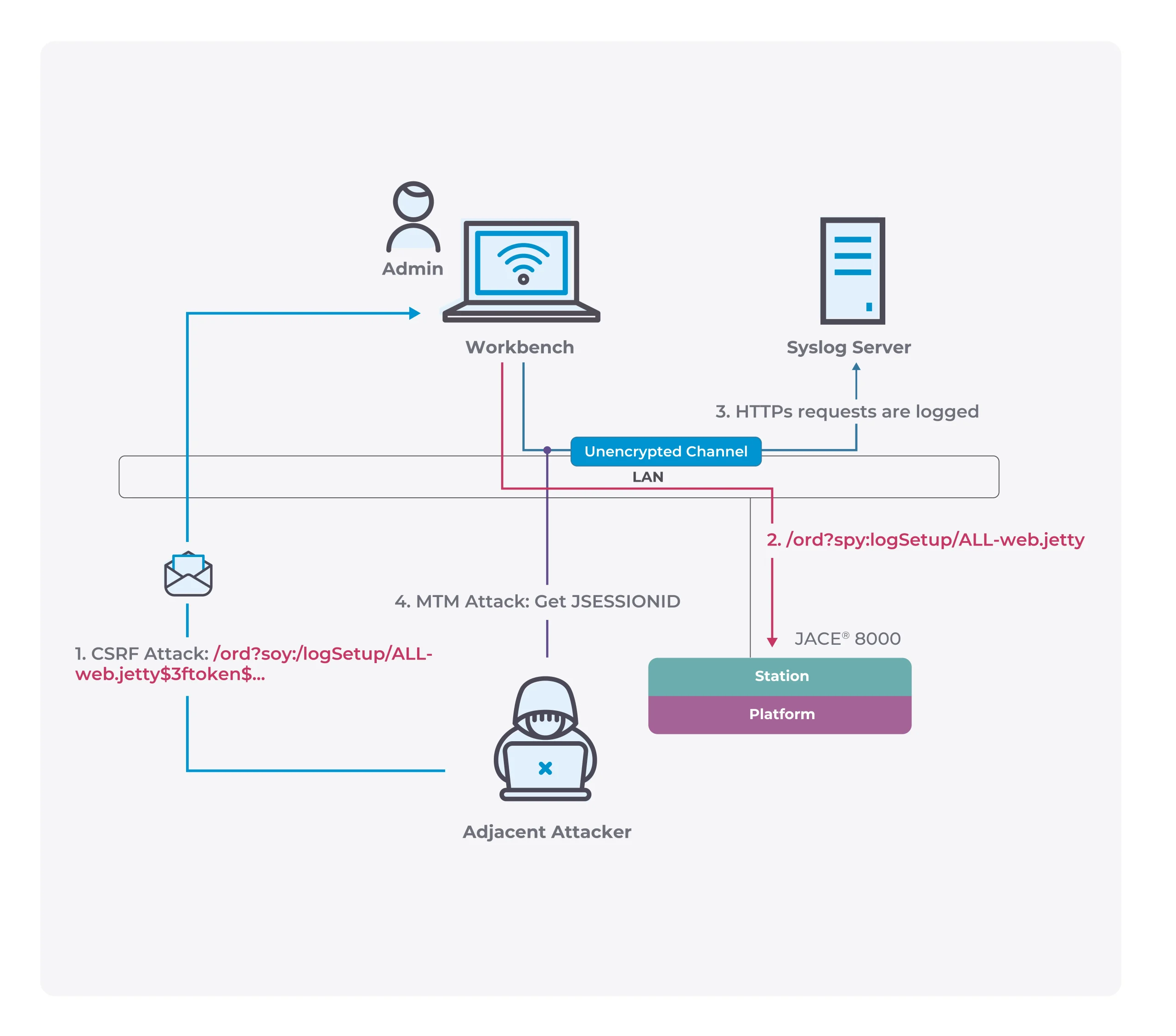Google Chrome will block notification requests by default
Previously, Google Chrome brought a pop-up reminder function to allow websites to interact with users.
However, the reminder function, like most functions, has also been abused by many websites. It constantly pops up content update prompts to push advertisements and even directly sends advertisements through reminders.
Even under normal circumstances, when a user opens the address bar of a new website, a pop-up notification causes serious harassment. In response to this problem, Google Chrome must start blocking.
The main thing that has made many users crazy is that the notification that pops up when you open a new website must click Allow or Deny, otherwise, the reminder will pop up again next time you open it.
This kind of very disturbing notification is generally seen when users visit enough websites. In this case, Google decided to block notifications by default to no longer remind users.
In the forthcoming version of Google Chrome 80, the development team adjusts the notification strategy to no longer publish pop-up content via the left side of the address bar by default.

When the website needs to request notification permission, a small bell button will be displayed on the right side of the address bar. Only when the user manually clicks the small bell button, the permission configuration can be performed.
Of course, if the user does not configure it, it means default rejection. These websites can no longer publish or push advertisements to users through the notification function of Google Chrome.
This improved notification strategy can already be experienced in canaries and other beta versions via chrome://flags/#quiet-notification-prompts.
When this option is turned on, the browser will use a quieter notification policy by default. At the same time, this feature also supports Google Chrome on the Android platform.





